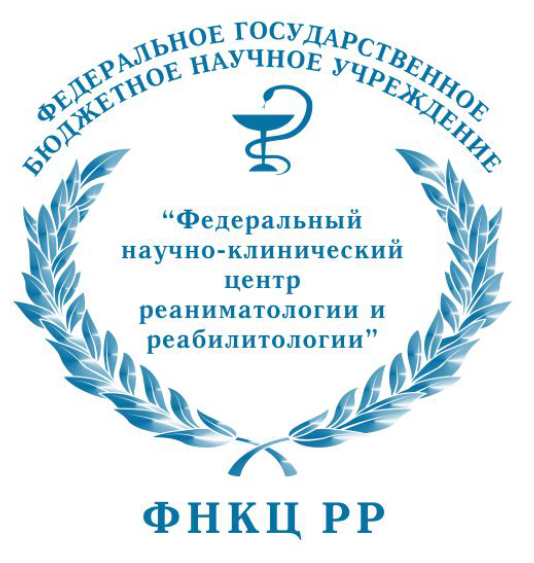
|
ИСТИНА |
Войти в систему Регистрация |
ФНКЦ РР |
||
Effect of 5-day Dry Immersion on the human foot morphology assessed by computer plantography and soft tissues stiffness measuringдоклад на конференции
- Авторы: Савеко А.А., Амирова Л.Е., Ермаков И.Ю., Смирнов Ю.И., Томиловская Е.С.
- Международная Конференция (Симпозиум) : XXIII International symposium Human in Space
- Даты проведения конференции: 5-8 апреля 2021
- Дата доклада: 7 апреля 2021
- Тип доклада: Устный
- Докладчик: Савеко А.А.
- Место проведения: Moscow, Russia, Россия
-
Аннотация доклада:
16 participants have been subjected to Dry Immersion model (DI) for 5 days. DI reproduces the space flight factors such as lack of support, mechanical and axial unloading, physical inactivity, elimination of vertical vascular gradient. Long-term bed rest is also associated with similar factors, so the results of the study might be useful for clinical medicine.Computer plantography and measuring the stiffness of the soft tissues of the foot and superficial muscles of the shin (mm. tibialis anterior and peroneus longus) were performed twice before DI exposure, on the 2nd and 4th days of DI exposure, as well as on the 2nd day of the recovery period. To obtain data on the morphological characteristics of the foot, we used the computer plantography method based on obtaining a graphic image of the supporting surface of the foot. Graphic data processing was performed using a program that was specially written for this study; its algorithm is based on the method of measuring the morphofunctional characteristics of the foot provided in the Russian Federation patent № 2253363 (Gavrikov K.V., 2005). To assess the transverse stiffness of soft tissues we used a Myoton-Pro device (Myoton, Estonia). The measurements were made at 4 points. Two points were located on the foot: the first one – laterally from the head of the first metatarsal bone, the second one – laterally from the junction of the first metatarsal bone with the medial cuneiform bone. Two points were located in the projection of two antagonist muscles: the first one - in the projection of m. peroneus longus, the second one – in the projection of m. tibialis anterior.DI exposure effects the parameters under study in two ways: by raising the longitudinal arch and by flattening the transverse arch, which is accompanied by a decrease in the soft tissues stiffness of the foot and superficial muscles of the shin. Note that the influence of these factors on the longitudinal arch of the foot was more pronounced. For example, on the 2nd day of DI, the longitudinal arch of the foot became higher, as indicated by a reliable decrease in the flatfoot coefficient k by 2.32 ± 0.97 % (p < 0.05). At the same time, a lowering of the transverse arch of the foot was indicated by a reliable increase compared to the baseline values in the AB segment (the distance between the extreme points of the metatarsus on the side of the big toe and the little toe) by 2.09 ± 0.86 % (p < 0.05).The work reveals the phenomenon of compensating the longitudinal arch state by changing the characteristics that reflect the transverse arch state. The results of the study for the first time demonstrate the correlation of the foot morphological characteristics with a decrease in stiffness of mm. peroneus longus and tibialis anterior.The study was supported by a grant from the Russian Science Foundation No. 19-15-00435.
- Добавил в систему: Савеко Алина Александровна